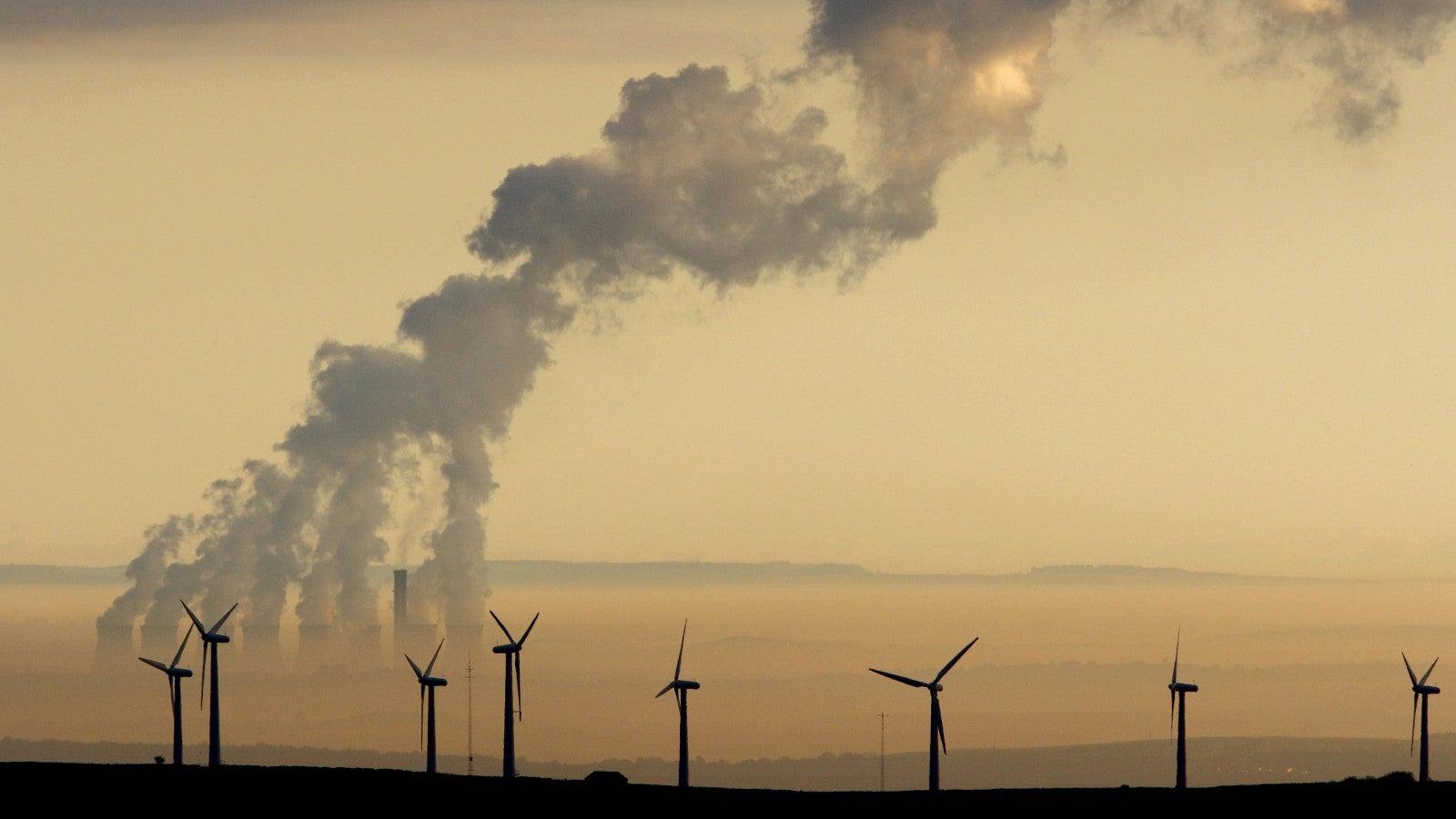A pioneer in renewable energy is inexplicably abandoning the cause
By most accounts, this is likely to be an incredible year for investment in renewables just about everywhere.


By most accounts, this is likely to be an incredible year for investment in renewables just about everywhere.
In 2014, China overtook the first wave of green-power stalwarts—like many countries in Europe—to become the biggest investor in renewable energy. Globally, $329 billion flowed into the sector last year alone. And the trend shows no sign of abating, even in those areas—like China—that are facing pronounced economic slowdowns. Indeed, with the price of oil at 12-year lows, renewables is one of the only energy sectors that still promises returns for investors.
Moreover, following a global conference in Paris that set new, ambitious goals for carbon reduction, developed countries that have already benefitted from years of fossil-fuel use are on the hook to help developing nations ramp up their green energy production, and avoid pouring money into coal.
But one country is conspicuous in cutting support for its own clean-tech sector—one that had hitherto been a leader in the field: the UK.
Throughout 2015, the UK government made a series of incremental cuts that proved significant in aggregate. Officials say the withdrawal of support is a part of wider cost-cutting efforts. But experts and investors see it differently, casting doubts over the government’s balance-sheet calculations.
Raw green deal
Since May, when it came to power, the Conservative government has cut subsidies for onshore wind power and solar power. It extended a tax on carbon emissions to include renewable power. It scrapped its program for the “greening” of homes, and removed support from biomass (the burning of organic matter that in some places is replacing coal).
The systematic slashing has not gone unnoticed by those with money to invest in Europe, says Alex O’Cinneide, managing director and head of Europe at Paladin Capital Group, a private equity firm that invests in clean technology.
“You have pretty challenging behavior in the UK,” he tells Quartz. “I think the other big markets—France, Germany—seem remarkably stable and good.”
He’s also sanguine about Portugal. Even Spain, he says, is “working its way out of obviously a very difficult period” after it imposed retroactive charges on some renewables generation, while the US showed “strong momentum” in 2015.
The UK, meanwhile, has declared that it’s time for renewables to “stand on their own two feet” rather than being subsidized, according to Amber Rudd, the energy minister who took office in May 2015.
But Bridget Woodman, an expert in energy policy from the University of Exeter, says this is no way to go about achieving that goal.
“Lots of other countries are looking at reducing the level of subsidy that renewables get to reflect the fact that they are becoming cheaper,” she tells Quartz. “But the idea of cutting [subsidies] and excluding what is the cheapest form of renewable generation—which is onshore wind—is extreme.”
While places like Germany and California continue to lead the way, the UK appears to be rapidly abandoning the role of pioneer, which saw it become the world’s biggest installer of offshore wind (a technology that hasn’t—yet—seen cuts).
Rising energy costs are cited by the British government as one of the drivers of its renewable cuts. But a recent investigation by Carbon Brief, a UK group that digs deeper into climate and energy stories, revealed that the estimates for those costs are based on opaque calculations the government won’t reveal. (Quartz has contacted the UK Department of Energy & Climate Change, and will update this piece with any response.)
Green shoots are springing up everywhere, it seems; but in the UK, winter is coming.